
Do you have a question about the Toshiba 23PB200 Series and is the answer not in the manual?
Instructions for securely attaching the TV to the floor or wall to prevent injury.
Guidelines for cleaning the TV, including unplugging and using soft cloths.
Advice on protecting the LCD screen from sun, scratches, and pressure.
Precautions against spraying volatile compounds on the TV cabinet and screen.
Explains normal pixel variations, interference, and visual artifacts like afterimages.
Details on using the TV in low temperatures, exemptions from liability, and trademark info.
Steps and diagram for connecting a VHF/UHF aerial to the TV.
Instructions for inserting batteries into the remote control.
Description of buttons located on the TV's side panel.
Detailed explanation of each button on the remote control.
Diagram and explanation of the various input/output terminals on the TV's back.
Guidelines for connecting HDMI and DVI sources, including signal formats and compatibility.
Supported PC signal formats and connection details for PC input.
Steps to turn the TV on from standby mode using the remote or panel button.
Guide to the Quick Setup process for language, location, and auto-tuning.
Explanation of the Auto Signal Booster feature for improving weak analogue signals.
Steps for automatic channel search and manual tuning, including position selection and sound/colour systems.
Managing channel lists with position skip, search, fine tuning, signal booster, and station labels.
Accessing and using the Quick Menu for various picture and sound settings.
Adjusting picture settings like mode, colour, brightness, contrast, and noise reduction.
Modifying sound settings including MTS, bass, treble, balance, and audio level offset.
Configuring sleep timers, auto power down, panel lock, and Teletext options.
Accessing system settings like language, tuning, AV connection, and quick setup.
Setting display language, changing channel positions, and sorting channels.
Switching between different input sources like aerial, HDMI, PC, and component video.
Configuring audio settings for PC and HDMI 2 inputs, including HDMI 2 Audio modes.
Selecting various picture sizes like Native, Wide, 4:3, and Super Live for optimal viewing.
Freezing the current TV image for viewing or other purposes.
Selecting preset picture modes and customizing individual preferences like contrast, brightness, and sharpness.
Adjusting colour temperature, noise reduction, colour management, and backlight control.
Configuring MTS, Mono, Dual, Stereo, Bilingual, and Monaural sound modes for optimal reception.
Adjusting bass, treble, balance, and using Power Bass Booster and Audio Level Offset for better sound.
Setting sleep timers and on-timers for automatic TV power control.
Managing Auto Format, Blue Screen, Auto Power Down, Panel Lock, and 4:3 Stretch features.
Configuring Teletext language and mode, and general information on accessing Teletext pages.
Using subtitles and selecting between Auto and List modes for Teletext display.
Explaining buttons for displaying, searching, holding, and enlarging Teletext pages.
Adjusting PC picture position, clock phase, sampling clock, and resetting PC settings.
Connecting USB devices and using the Media Player for photos and music.
Displaying device info, closing Media Player, and navigating photo files.
Viewing photos in Single View or Slide Show, rotating, zooming, and displaying file information.
Playing music files, controlling playback, and setting repeat modes.
Displaying status information for music files during playback.
Solutions for TV not turning on, no picture/sound, or poor sound/picture quality.
Addressing poor signal reception, Teletext problems, screen brightness, flickering, and pixel anomalies.
Details on broadcast transmission systems (PAL, SECAM, NTSC) for different countries and regions.
Specifications for TV models, power source, and power consumption.
Physical dimensions, weight, and TV system (aerial input) channel coverage details.
Specifications for component video, audio, RGB/PC, HDMI, and USB terminals.
List of included accessories and information on product disposal for India.
Information on software components, End-User License Agreements (EULAs), and copyright protection.
Details on the GNU GPL and LGPL source code availability and terms.
Conditions for copying, distributing, and modifying software under the GPL.
Requirements for compliance, warranty disclaimers, and liability limitations.
Explicit statements regarding the absence of warranty and limitations on liability for software.
Guidance on how to include the GNU GPL terms in new software projects.
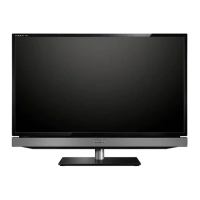


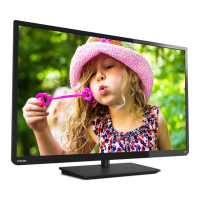





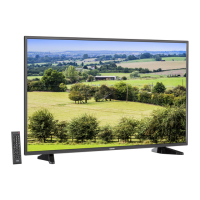
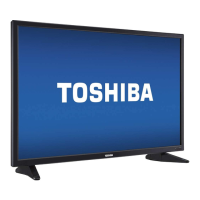
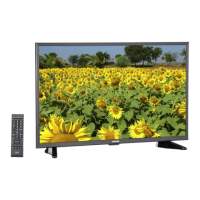
